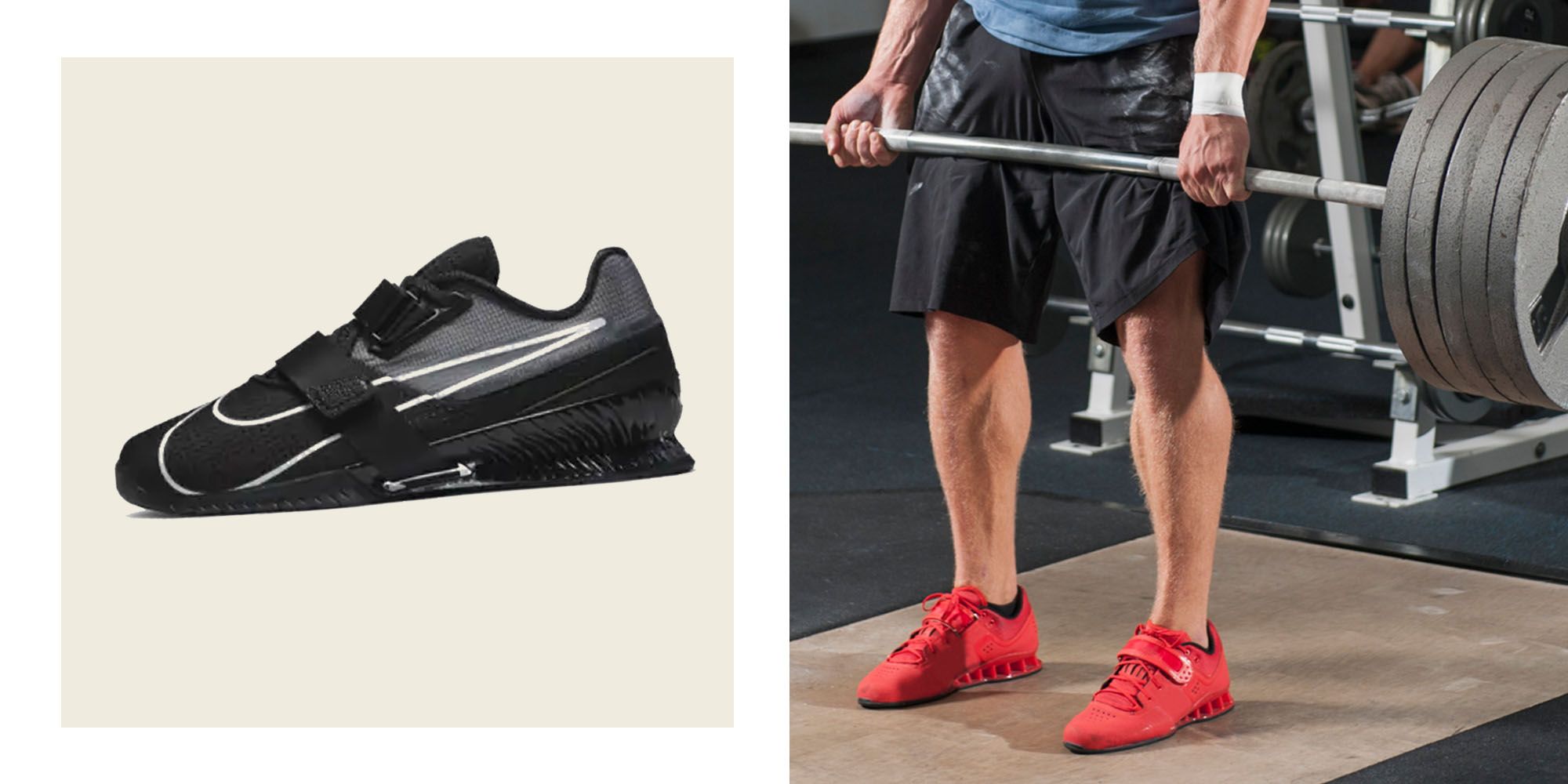When it comes to weightlifting, the right gear can significantly enhance your performance and safety. Among the most crucial pieces of equipment are weightlifting shoes, specifically designed to meet the demands of lifting. These shoes provide the stability, support, and traction necessary to maximize your potential in the gym, making them an essential investment for serious lifters.
Weightlifting shoes are unlike regular athletic footwear. They feature unique attributes that cater to the biomechanics of lifting. One of the defining characteristics is the elevated heel, which is typically made from hard plastic or wood. This elevation aids in improving ankle mobility, allowing lifters to achieve deeper squats and maintain a more upright torso during lifts. The stability offered by these shoes is another key feature. With a firm, non-compressible sole, weightlifting shoes provide excellent ground contact, which reduces the risk of wobbling and enhances balance when lifting deadlift sneakers heavy weights.
Many weightlifting shoes also come equipped with a strap system that secures the foot in place. This feature minimizes foot movement within the shoe, further enhancing stability during lifts. The construction of these shoes is important, as they are made from high-quality materials designed to withstand the rigors of intense lifting. Look for options that use leather or synthetic uppers for added durability. Additionally, the outsole of weightlifting shoes typically features a rubber grip pattern, providing excellent traction on the gym floor. This is crucial for maintaining a solid footing during explosive movements.
Using weightlifting shoes offers several benefits. The elevated heel helps improve lifting technique, allowing for better depth in squats and other lifts, which promotes proper form. This, in turn, leads to more effective power transfer from the ground to the barbell, enabling you to lift heavier weights with greater efficiency. Furthermore, weightlifting shoes can help reduce the risk of injuries, particularly in the knees and lower back, by promoting better lifting mechanics and providing essential support. The right footwear can also boost your confidence, allowing you to focus entirely on your performance without worrying about stability or technique.
When choosing weightlifting shoes, consider factors such as heel height, which can vary between brands, typically ranging from half an inch to one and a half inches. Selecting the right height is crucial, as it should feel comfortable and support your lifting style. Additionally, pay attention to fit; a snug fit without being overly tight is ideal to ensure maximum performance.
In conclusion, weightlifting shoes are an essential component of any serious lifter’s gear. They provide the stability, support, and traction necessary for effective and safe lifting. Investing in a quality pair can lead to improved technique, enhanced power transfer, and reduced risk of injury. Whether you’re a seasoned competitor or just starting your weightlifting journey, the right shoes can make a significant difference in your training experience.
Skip to content

